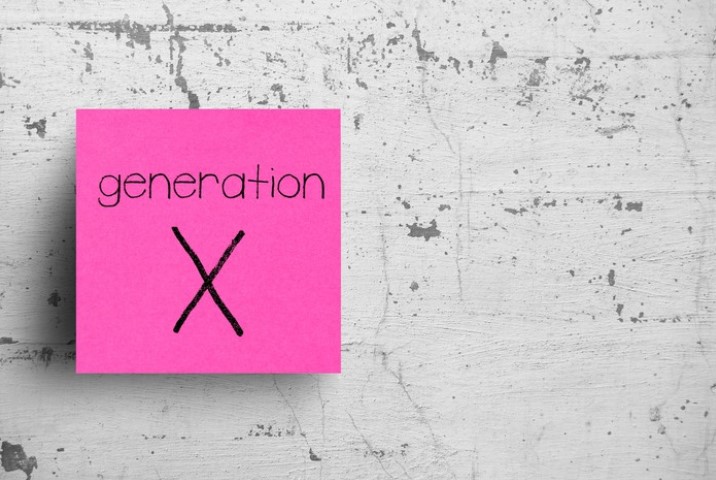
Many workers put off retirement savings when they’re new to the workforce and they’re grappling with high levels of debt and limited earnings. But there comes a point when you really can’t afford to delay your long-term savings, and unfortunately, a large number of Gen Xers are already well past it.
A surprising 50% of Gen Xers don’t have a retirement savings account, according to new research from Business Insider. Meanwhile, 13% have a retirement plan but aren’t currently contributing to it.
That’s troubling when we consider that younger Gen Xers today are already in their 40s, while older members of Gen X are well past 50. As such, they can’t afford to put off savings any longer.
If you’re a proud member of Gen X who’s without a retirement plan, it’s imperative that you open one immediately and start funding it. Otherwise, you may find yourself in a dire financial state once your senior years roll around.
It’s not too late to build your nest egg
Entering your 40s or 50s without retirement savings is not a great spot to be in. But it’s also not the worst situation, since you do, conceivably, have another 20 years ahead of you in the workforce, give or take.
Still, it’s imperative that you get moving right away, so if your employer offers a 401(k) plan, sign up. You’re allowed to do so at any point during the year; it’s not like a health insurance plan you need to commit to in advance. If you don’t have access to a 401(k), sign up for an IRA through any bank or financial institution. And then, start carving out money in your budget to fund that account.
Of course, to do that, you’ll probably need to cut back on expenses, which won’t be easy. But if you don’t want to make too many drastic lifestyle changes, look at getting a side job on top of your main one to drum up that extra cash. And then, make plans to invest that cash somewhat aggressively. If you’re in your 40s or 50s, it pays to load up on stocks in your retirement plan to maximize your savings’ growth. And since you’re still nowhere close to retirement, you have plenty of time to ride out the market’s ups and downs.
Let’s assume you start saving in a retirement plan immediately, and that you have 20 years until you’re set to retire. Let’s also assume your investments generate an average annual 7% return, which is a few percentage points below the stock market’s average. Here’s what your savings balance could grow to, depending on how much money you’re able to sock away each month:
| Monthly Savings Amount | Total Accumulated Over 20 Years (Assumes a 7% Average Annual Return) |
|---|---|
| $200 | $98,400 |
| $400 | $196,800 |
| $600 | $295,200 |
| $800 | $393,600 |
| $1,000 | $492,000 |
| $1,200 | $590,300 |
Keep in mind that if you’re limited to an IRA, you may not be eligible to save more than $500 a month in a tax-advantaged fashion. IRAs currently max out at $6,000 a year for workers under 50, and $7,000 for those 50 and over. On the other hand, 401(k) plans have extremely generous contribution limits — $19,500 a year for workers under 50, and $26,000 for those 50 and over — which is why it pays to sign up for your employer’s plan if that option exists.
No matter what type of retirement plan you save in, the key is to get moving sooner rather than later. It’s not too late to salvage your senior years, even if you’re starting with no savings at all. But if you wait much longer, you’ll risk falling short on savings and struggling financially at a time when you’re supposed to be enjoying life.
